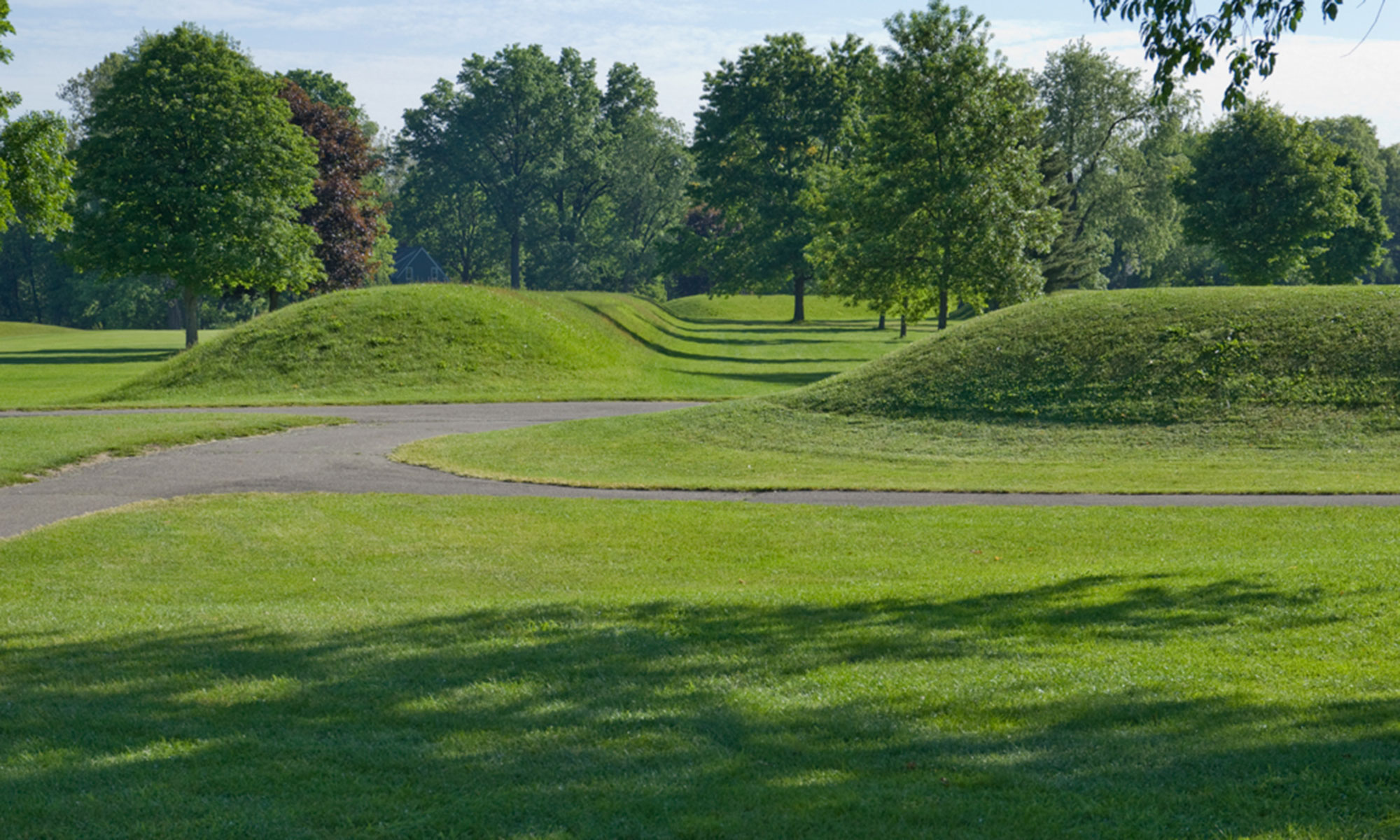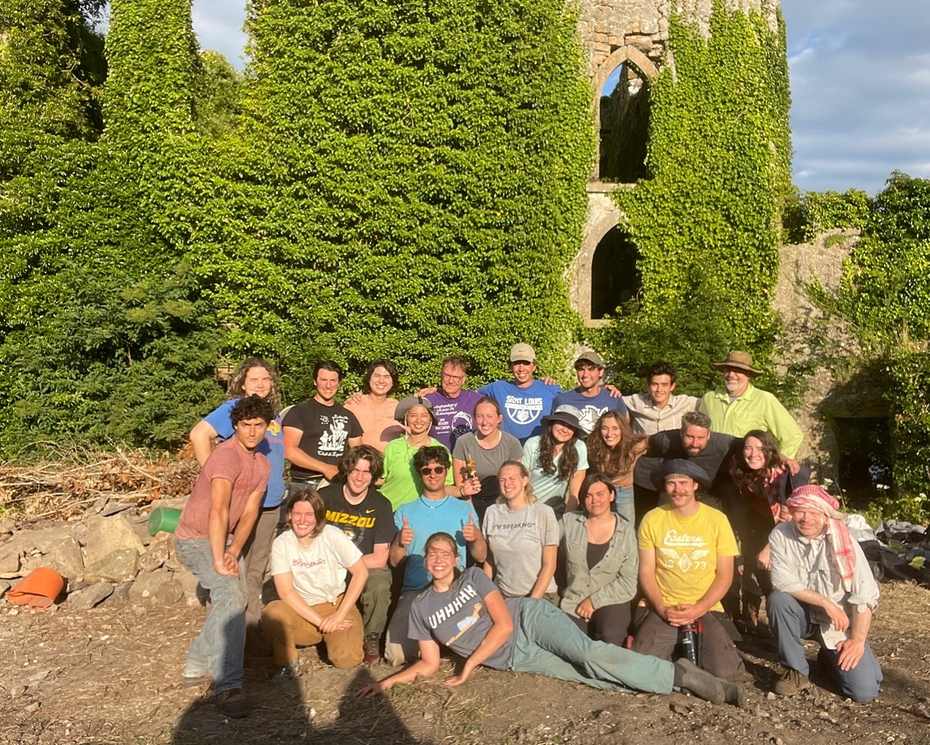
Almost 25 years after joining a meeting of what has become “Friends of the Mounds” group, Denison professor Brad Lepper saw Ohio’s 2,000-year-old earthworks achieve UNSECO World Heritage status.
Lepper was part of the initial effort to get full public access to eight Ohio sites that hold remnants of the largest set of geometric earthworks ever known, mounds built by the indigenous peoples we know today as the Hopewell.
As settlers moved into the Welsh Hills of Central Ohio, they discovered the enormous earthen mounds that covered acres, but they lacked the knowledge and tools to discern their meaning.
While some of the mounds were destroyed as farms and villages populated the country, many were preserved. Just ten minutes from Denison’s campus are two of the largest complexes, the Great Circle Earthworks and the Octagon Earthworks.
The somewhat recent discipline of astroarchaeology has enabled scientists to divine some of the mystery surrounding the mounds. For example, the Octagon Earthworks are a giant lunar calendar that marks the course of the rising and setting moon during the 18.6-year lunar cycle.
This September, Lepper and his colleagues traveled to Ridayah, Saudi Arabia to present their case.
UNESCO recognized the earthworks as Masterpieces of Human Creative Genius, and noted its unique testimony to the tradition of the Indigenous Hopewell culture of two millennia ago.
Earthworks located near Denison:
Octagon Earthworks is part of Newark Earthworks, remnants of a 2,000-year-old complex that is the largest set of geometric earthworks known. Enclosing 50 acres, the Octagon Earthworks has eight walls, each measuring about 550 feet long and from five to six feet in height. Address: 125 N. 33rd St., Newark.
Great Circle Earthworks is nearly 1,200 feet in diameter and was likely used as a vast ceremonial center by its builders. The 8-foot-high walls surround a 5-foot-deep moat, except at the entrance where the dimensions are even greater and more impressive. Address: 455 Hebron Road, Heath.
Wright Earthworks consists of a fragment of a geometrically near-perfect square enclosure and part of one wall that originally formed a set of parallel embankments, which led from the square to a large oval enclosure. Originally, the sides of the Newark square ranged from 940 to 950 feet in length, and they enclose a total area of about 20 acres. Address: 136-154 James St., Newark, north of Grant Street, parallel to Ohio 79 in Newark.








